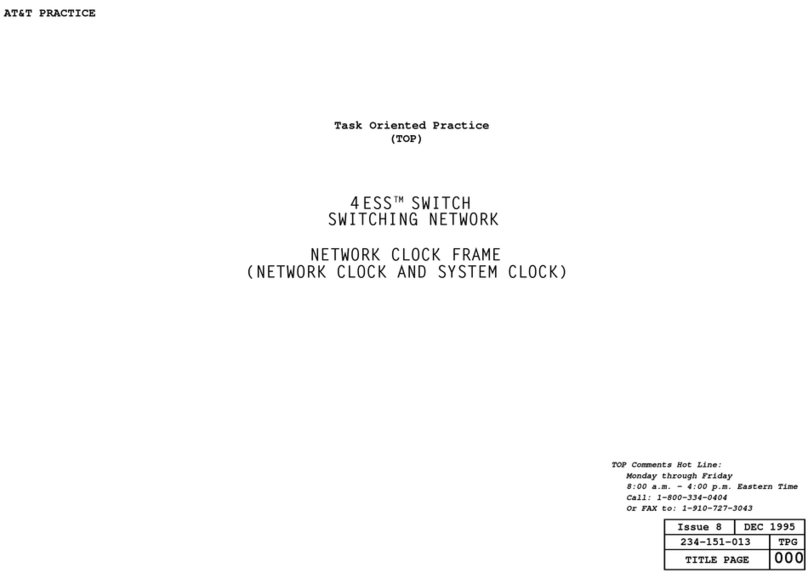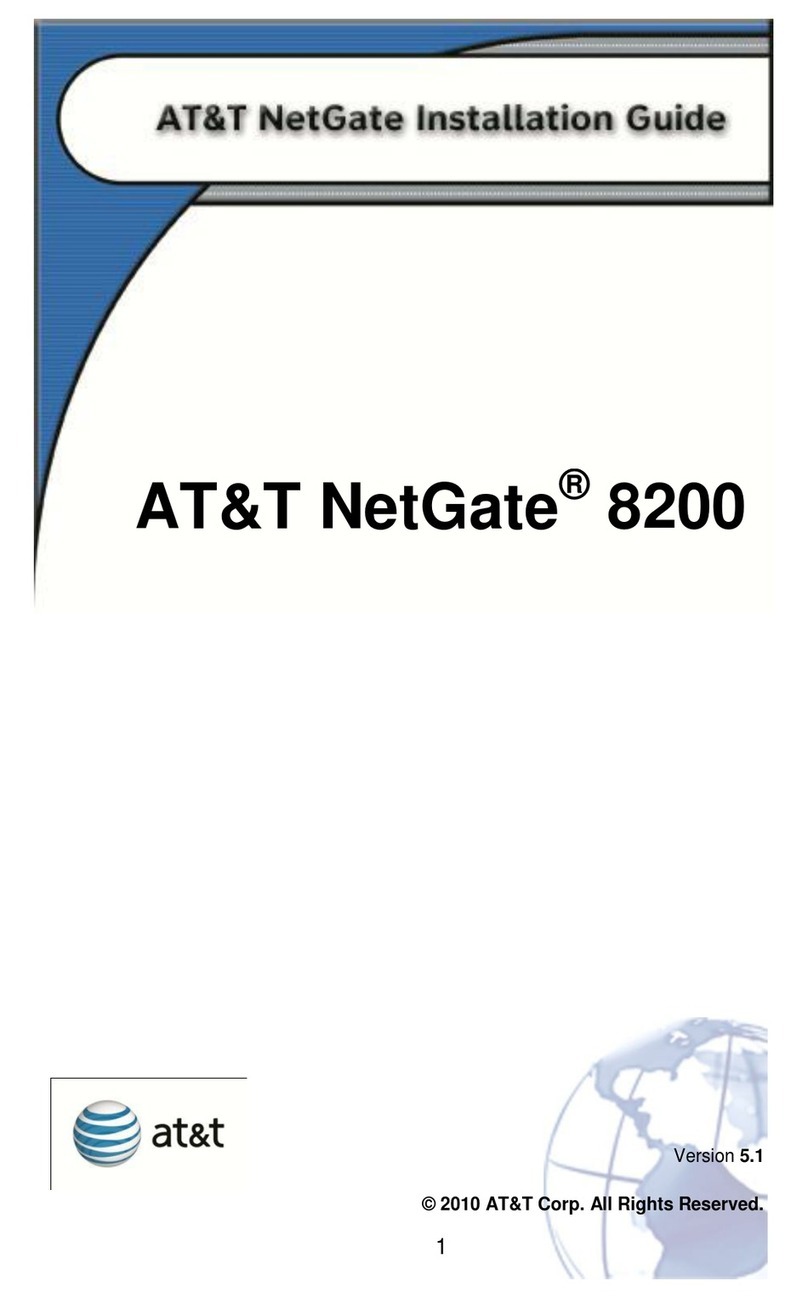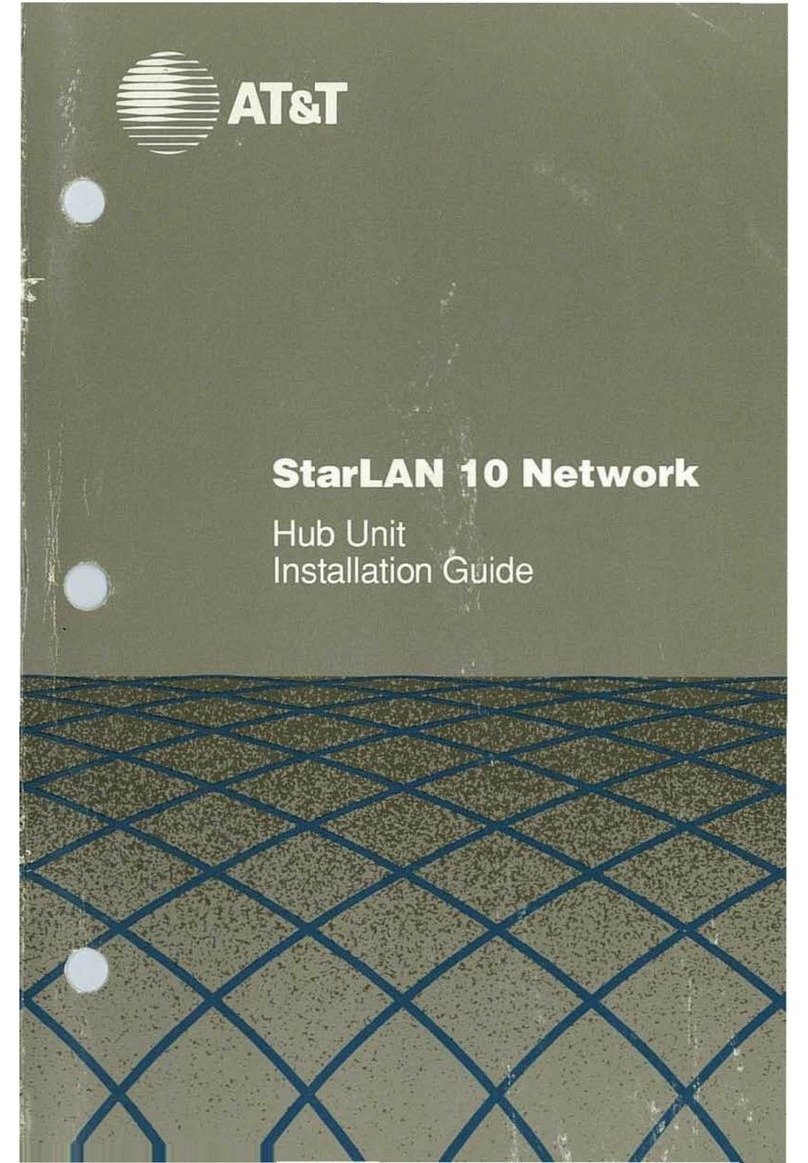
1-3
ASAI Overview
As a call is delivered to the VIS, the VIS receives ASAI information related to the
call. The ASAI feature allows the VIS to recognize the dialed (called) number of
an incoming call to a line. This feature is sometimes referred to as Dialed Number
Information Service (DNIS). In addition, the ASAI feature allows a service the
ability to retrieve the calling party’s number. This feature is sometimes referred to
as Automatic Number Identification (ANI). This information is used to control
which voice application is used for the call. The ASAI information related to the
call is also made available to the specific voice application which interacts with the
caller. In addition, the call control capabilities of ASAI can be used to transfer the
call away from the VIS if the caller needs to speak to a live agent. The following
capabilities are therefore provided for ASAI voice response applications:
■DNIS Service (T/R or LST1 Channel Sharing) —- The DNIS information
associated with the incoming call is used to select a particular Script
Builder script to service the call. This allows a T/R or LST1 channel to be
shared across many applications. Prior to this capability, T/R or LST1
channels were dedicated to specific Script Builder Applications. With chan-
nel sharing, the same number of channels can handle more calls while
maintaining the same grade of service. Alternatively, the same number of
calls can be handled at a higher grade of service.
■Call Information — Once the call is answered by the VIS, the ASAI informa-
tion related to the call such as ANI and DNIS can be retrieved for use in the
voice script handling the call.
■Enhanced Transfer — The use of ASAI call control capabilities allows the
transfer to be faster, quieter (from the caller’s perspective), and more reli-
able. In addition, the DEFINITY Generic 3i ASAI direct agent calling fea-
ture can be used to transfer the call to a direct agent. This allows the call to
be delivered to a specific agent while maintaining accurate ACD split statis-
tics. Calls placed to specific agents without the direct agent calling feature
do not count as ACD calls in calculating and reporting ACD split statistics.
Finally, data captured in the voice script can be saved and associated with
the transferred call. This enables a host application to deliver to agents
data screens which are based on data collected by the voice script which
previously serviced the caller.
The availability of ANI within the voice script permits the design of unique voice
response applications. Examples include:
■Locator Service — A local or host database could be used to determine the
closest car dealers, Automatic Transaction Machines, stores, etc.
■Weather Reports — Provide a weather report for the callers area.
■Pay-Per-View — A cable company could use ANI to automate customer
selection of pay-per-view programs.































